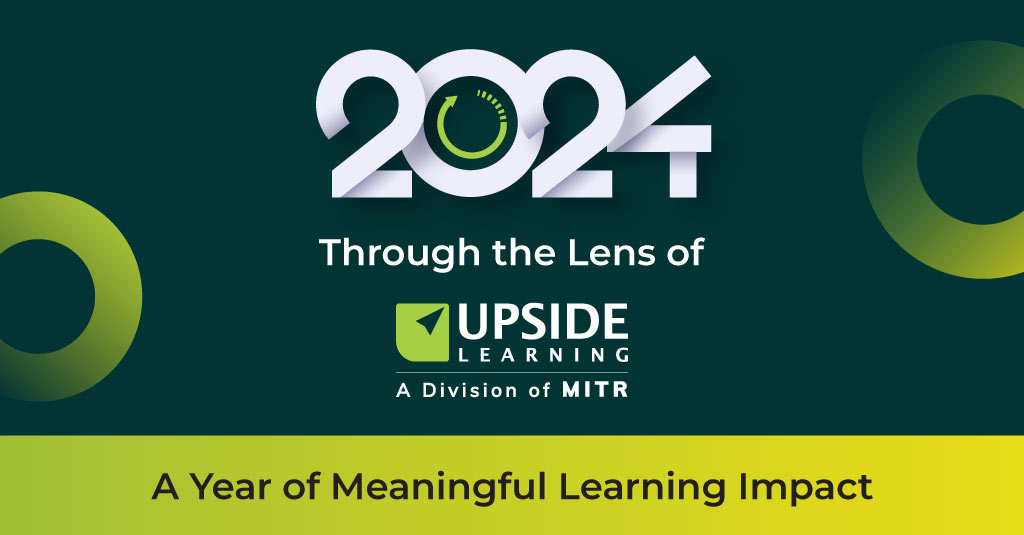An impactful learning initiative is an amalgamation of various learning factors. In Part 3 of the post on Designing impactful compliance training programs, we will look at INTRINSIC INFLUENCERS that affect the whole process.
Modern, cutting-edge digital solutions for compliance training may require a closer look at an organization’s own digital evolution and progress. It may not always be possible for organizations to deploy advanced, tech-enabled learning interventions for impactful outcomes. So, how should such organizations work?
The absence of the best of technological capabilities need not necessarily make learner engagement a distant dream. It’s worth considering how the existing technological capacity can be leveraged for the desired impact.
In such situations (more so than others), it might help to take a fresh approach towards the other learning conditions to help create an environment that entices learners and brings about a behavior change. These conditions are:
- The simplicity of the content to include only what is necessary to drive the message across
- The appeal of the content to attract learners and keep them motivated
- The social relevance of the content or the opportunity to share how the acquired behavior is demonstrated
- The sustainability of the content to offer timely and incremental learning opportunities
Compliance as a culture
To conduct business activities in a way that ensures compliance at all times, organizations may require a common platform – an exemplar of ethics and compliance. A culture of compliance can help characterize this exemplar for every organization: for instance, through a common set of guidelines that defines how the organization conducts business-as-usual (BAU) activities. Compliance training programs can boost, to a great extent, the initiative of setting up such an exemplar.
Considering how important it is to create a solid compliance culture, it may not be enough for organizations to simply implement one-time training programs. These programs often end up preparing employees only to a certain extent by ensuring they ‘know’ the rules and regulations. Meanwhile, organizations may feel pressured to evaluate employees’ preparedness based on that one-time intervention. However, the larger idea is to ensure that employees internalize the content rather than just breeze through it to attain certification.
It perhaps makes more sense, then, to invest in a continuous effort towards creating a culture of compliance instead of depending on a single, annual training for regulatory requirements.
In our new eBook, we focus on the ways and means to help organizations create a wide-spread culture of compliance to enable employees to act in a compliant manner at all times and align it to organizational goals.


















